A Self-Assessment Guide for Health Care Organizations - IFC
A Self-Assessment Guide for Health Care Organizations - IFC
A Self-Assessment Guide for Health Care Organizations - IFC
Create successful ePaper yourself
Turn your PDF publications into a flip-book with our unique Google optimized e-Paper software.
Standard FSE.6 [Utilities management]<br />
Potable water, electrical power, and medical gases are available 24 hours a day, seven days a week, through regular or alternate sources,<br />
to meet essential patient care needs.<br />
Intent of FSE.6<br />
Patient care, both routine and urgent, is provided on a 24-hour basis, every day of the week in most health care organizations. Thus, an<br />
uninterrupted source of clean water and electrical power is essential to meet patient care needs. The organization continually endeavors to<br />
ensure uninterrupted supply of potable water and of electrical power. Regular and alternate sources may be used to achieve this.<br />
Measurable Element Look <strong>for</strong> Score Observations<br />
What is required<br />
1) Water quality is<br />
monitored regularly.<br />
How is this element<br />
assessed<br />
A log is kept of checks of water<br />
quality. Actions are taken if a<br />
problem is identified.<br />
0 5 10 Why did you give this score<br />
........................................................<br />
2) Potable water,<br />
electrical power and<br />
medical gases are available<br />
24 hours a day, seven days<br />
a week.<br />
If availability is a problem, a log is<br />
kept regarding how often<br />
problems occur.<br />
........................................................<br />
........................................................<br />
3) The organization has<br />
identified the areas and<br />
services at greatest risk<br />
when power fails or water<br />
is contaminated or<br />
interrupted.<br />
4) The organization plans<br />
alternate sources of power<br />
and water in emergencies.<br />
5) Key systems such as<br />
utility, medical gas, and<br />
ventilation are identified,<br />
inspected, tested and<br />
maintained by the<br />
organization.<br />
If availability of water or power is a<br />
problem, the organization has<br />
documentation that describes the<br />
areas and services that are at<br />
greatest risk, e.g. patients on<br />
ventilators or dialysis.<br />
Based on the risks identified, the<br />
organization has a plan outlining<br />
what to do when these situations<br />
arise.<br />
An alternative power supply is<br />
maintained and tested on a regular<br />
basis. A maintenance log is kept.<br />
Diagrams of the utility, medical gas<br />
and ventilation systems are<br />
available. Emergency services such<br />
as Civil Defense have copies of<br />
these diagrams in case of a fire or<br />
other emergency. A maintenance<br />
record is kept <strong>for</strong> all systems.<br />
........................................................<br />
........................................................<br />
........................................................<br />
........................................................<br />
........................................................<br />
........................................................<br />
........................................................<br />
........................................................<br />
........................................................<br />
........................................................<br />
<strong>IFC</strong> <strong>Self</strong>-<strong>Assessment</strong> <strong>Guide</strong> <strong>for</strong> <strong>Health</strong> <strong>Care</strong> <strong>Organizations</strong> 71



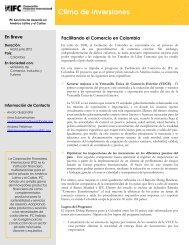
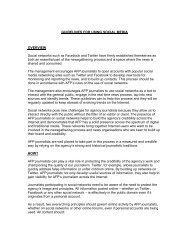
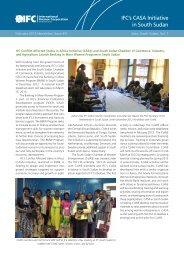

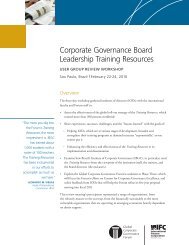


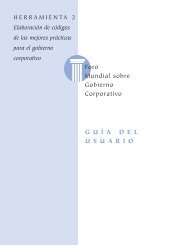

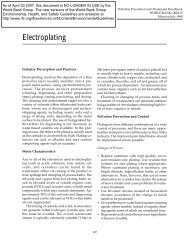

![Print a two-page fact sheet on this project [PDF] - IFC](https://img.yumpu.com/43449799/1/190x245/print-a-two-page-fact-sheet-on-this-project-pdf-ifc.jpg?quality=85)


